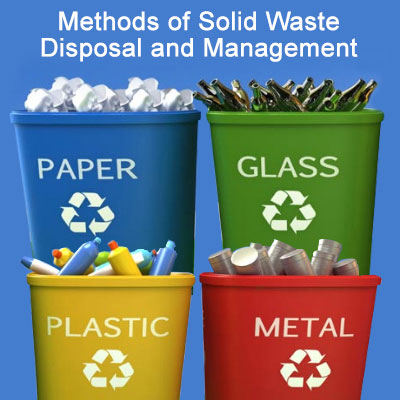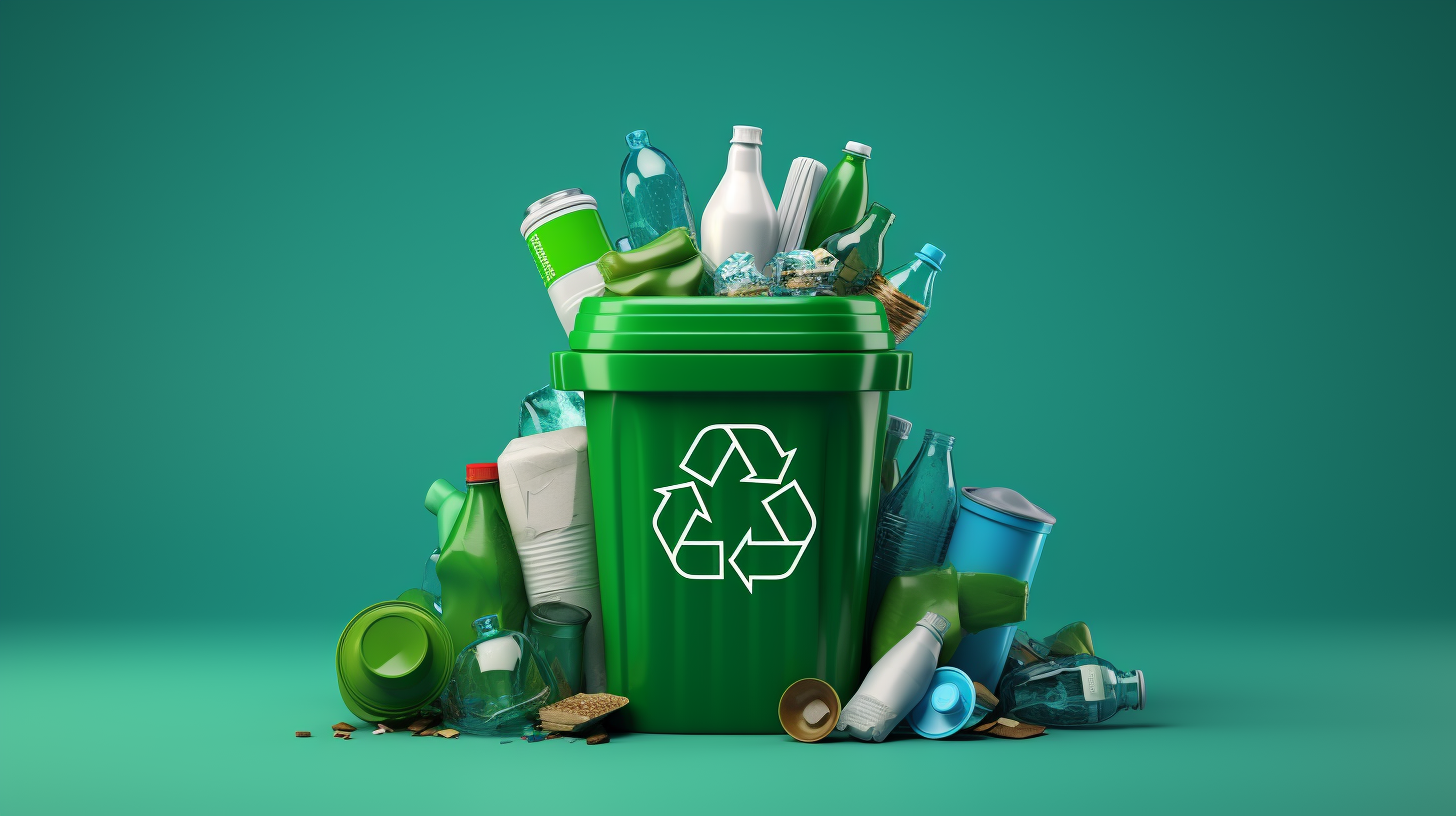Get Entailed with Recycling Lives Services for a Greener Future
Get Entailed with Recycling Lives Services for a Greener Future
Blog Article
Checking Out Various Sorts Of Waste in Modern Waste Management Equipment
The contemporary landscape of waste monitoring involves navigating a complicated variety of waste kinds, each calling for specialized handling and disposal approaches to mitigate ecological impacts. Metropolitan strong waste, unsafe waste, electronic waste, and natural waste each existing distinct challenges and chances for source recovery. Ingenious options such as smart waste containers and waste-to-energy modern technologies are arising as vital tools in improving efficiency and sustainability. Comprehending these waste kinds is crucial for cultivating public awareness and encouraging active involvement in sustainable practices. What strategies can properly attend to these different kinds of waste while promoting a round economic situation?
Municipal Solid Waste
Local solid waste, usually referred to as house garbage or waste, incorporates a variety of disposed of materials generated by property, industrial, and institutional sources within a town. This waste stream generally consists of products such as packaging, food scraps, backyard trimmings, paper, plastics, fabrics, and discarded house items. The administration of community solid waste is a critical part of metropolitan preparation and public health and wellness, necessitating effective collection, transport, and disposal systems.
Efficient waste administration systems are made to minimize environmental effect while making the most of source recuperation. Composting natural waste, such as food scraps and yard trimmings, not only decreases land fill usage yet likewise produces important dirt modifications.
Towns need to also deal with the financial and logistical difficulties associated with waste management. Implementing pay-as-you-throw systems, boosting public awareness, and investing in innovation can significantly improve waste diversion rates. By incorporating these practices, communities can promote sustainable communities, minimize greenhouse gas discharges, and save natural resources.
Hazardous Waste

Effective hazardous waste management includes several crucial actions: recognition, segregation, treatment, and disposal. Recognition entails the category of waste based upon its hazardous buildings. Segregation makes sure that dangerous products are saved individually from non-hazardous waste to avoid cross-contamination. Therapy methods, such as chemical neutralization, incineration, and stabilization, are used to reduce the toxicity, quantity, or mobility of the waste. Disposal alternatives, consisting of safe land fills and below ground storage, are chosen to guarantee lasting containment.
Regulative frameworks, such as the Source Conservation and Recovery Act (RCRA) in the United States, give guidelines and requirements for contaminated materials management. Adherence to these laws, paired with developments in waste treatment modern technologies, is essential in minimizing the dangers associated with dangerous waste.
Electronic Waste
Digital waste, frequently referred to as e-waste, stands for a quickly growing obstacle in waste administration systems worldwide. This type of waste encompasses discarded digital devices and tools such as mobile phones, computer systems, televisions, and other digital appliances. The quick speed of technological advancement, paired with reducing item life expectancies and customer demand for the current devices, has actually greatly boosted the quantity of e-waste produced yearly.
E-waste is especially problematic due to its complicated composition, usually consisting of harmful substances like cadmium, mercury, and lead, which pose substantial environmental and health risks if not effectively managed. On the other hand, e-waste additionally contains beneficial materials such as gold, copper, and silver, which can be recuperated and reused. The dual nature of e-waste-- both unsafe and important-- necessitates specific handling, recycling, and disposal processes.
Efficient e-waste monitoring involves rigid regulatory frameworks, durable collection systems, and progressed reusing technologies. Public understanding and involvement are essential, as incorrect disposal methods, such as unlawful discarding and casual recycling, aggravate environmental contamination and health dangers. Consequently, boosting e-waste monitoring methods is vital for mitigating environmental effect and recuperating important resources in a progressively electronic globe.

Organic Waste
Organic waste, making up kitchen scraps, backyard trimmings, and farming deposits, represents a significant part of the global waste stream. This kind of waste is biodegradable, meaning it can be damaged down by microorganisms right into simpler natural compounds. Regardless of its possibility for natural decay, improper monitoring of natural waste can lead to damaging ecological impacts, consisting of the exhaust of greenhouse gases such as methane, which add to climate adjustment.
Effective administration of organic waste is important for minimizing these environmental influences (recycling lives services). Composting is a widely adopted approach, transforming organic waste right into nutrient-rich garden compost that can improve soil health and agricultural efficiency. In addition, anaerobic digestion is an emerging modern technology that converts natural waste right into biogas, a renewable resource source, and digestate, which can wikipedia reference be made use of as fertilizer
Municipalities and waste administration entities need to implement robust natural waste collection and treatment programs to take full advantage of the advantages of these procedures. Public education and learning projects can also play a critical function in encouraging families and organizations to different natural waste from various other sorts of waste. By focusing on the management of organic waste, cultures can decrease land fill usage, reduced greenhouse gas emissions, and produce important by-products for agricultural use.
.jpg)
Cutting-edge Waste Monitoring
In the world of waste monitoring, innovative methods are changing just how cultures manage their refuse, going for sustainability and performance. These developments include a variety of modern technologies and practices that improve reusing prices, decrease land fill dependency, and lower ecological effect. One famous advancement is the implementation of wise waste bins equipped with sensing units that check fill degrees and optimize collection routes. This not only reduces gas intake yet likewise lessens greenhouse gas emissions.
One more remarkable development is the adoption of waste-to-energy (WtE) technologies. By transforming non-recyclable waste right into functional energy through procedures such as incineration and anaerobic digestion, WtE decreases garbage dump concern and provides a renewable resource resource. Improvements in chemical recycling permit for the malfunction of complex plastics right into their original monomers, making it possible for the development of new, top notch plastic items.
Furthermore, the round economy version is getting traction, highlighting the design of items and systems that prioritize reusability and source performance. This holistic strategy encourages markets to lessen waste generation from the beginning. Via these innovative strategies, modern waste management systems are not just addressing the prompt challenges of waste disposal but likewise leading the way for a more lasting future.
Final Thought
A thorough understanding of community strong waste, hazardous waste, electronic waste, and organic waste, combined with the execution of ingenious waste administration solutions, is essential for mitigating environmental their explanation impacts. Integrating technologies such as wise waste containers and waste-to-energy systems can boost efficiency and sustainability. Effective waste management methods not just foster source recuperation but likewise advertise public recognition and involvement, ultimately adding to the growth of a round economy.
The contemporary landscape of waste management involves browsing an intricate variety of waste kinds, each requiring specialized handling and disposal techniques to reduce environmental impacts. Community solid waste, hazardous waste, electronic waste, and organic waste each existing distinct obstacles and possibilities for source healing.Electronic waste, typically referred to as e-waste, represents a quickly expanding difficulty in waste management systems worldwide. With these innovative methods, modern-day waste management systems are not just resolving the instant navigate to these guys difficulties of waste disposal however additionally paving the way for an extra sustainable future.
A comprehensive understanding of local solid waste, unsafe waste, electronic waste, and organic waste, paired with the implementation of innovative waste monitoring options, is important for reducing ecological effects. (recycling lives services)
Report this page